Rosemary
₹199
Rosemary, a versatile herb with fragrant, needle-like leaves, is a popular choice for both culinary and ornamental purposes. Its distinctive aroma and flavor enhance a variety of dishes, while its beautiful foliage adds a touch of elegance to gardens and landscapes.
87 people are viewing this product right now
🔥 11 items sold in last 3 hours
Rosemary, a versatile herb with fragrant, needle-like leaves, is a popular choice for both culinary and ornamental purposes. Its distinctive aroma and flavor enhance a variety of dishes, while its beautiful foliage adds a touch of elegance to gardens and landscapes.
Key Features & Benefits
- Culinary Delight: Rosemary’s aromatic leaves are widely used to flavor meats, poultry, soups, stews, and roasted vegetables.
- Medicinal Properties: Traditionally used in herbal medicine, rosemary is believed to possess cognitive benefits, improve memory, and reduce inflammation.
- Aromatic Beauty: Its fragrant foliage makes it a popular choice for creating beautiful and aromatic gardens.
- Pest Deterrent: Rosemary can help repel pests like mosquitoes and moths, making it a natural and eco-friendly solution.
- Low Maintenance: This hardy herb is relatively easy to care for, making it suitable for both experienced and novice gardeners.
Plant Care Guide
Ideal Plantation Locations
Rosemary thrives in warm, sunny locations with well-drained soil. It is adaptable to various climates but prefers Mediterranean-like conditions.
Planting & Gardening Instructions
- Location: Choose a sunny spot in your garden or a container with ample drainage.
- Soil Preparation: Prepare the soil by adding compost or well-rotted manure to improve its fertility and drainage.
- Planting: Plant rosemary seedlings or cuttings in spring or fall, spacing them about 18-24 inches apart.
- Spacing: Maintain adequate spacing to allow for air circulation and prevent diseases.
Watering
Water your rosemary plant regularly, especially during dry periods. However, avoid overwatering, as it can lead to root rot. Allow the soil to dry slightly between waterings.
Fertilizers
Fertilize your rosemary plant with a balanced liquid fertilizer once or twice a year during the growing season. Avoid excessive fertilization, as it can harm the plant.
Repotting Instructions
Re-pot your rosemary plant every 2-3 years or when it becomes root-bound. Choose a pot that is slightly larger than the current one and use well-draining potting mix.
Fruiting Season
Rosemary is primarily grown for its leaves, not fruits. It produces small, blue flowers in the summer, which attract pollinators like bees and butterflies.
Usage Ideas
- Culinary herb: Use fresh or dried leaves to flavor dishes.
- Ornamental plant: Create beautiful borders, hedges, or container gardens.
- Medicinal herb: Use in herbal teas or essential oils.
Care Tips
- Prune your rosemary plant regularly to maintain its shape and encourage new growth.
- Protect your rosemary plant from frost during winter, especially in colder climates.
- Monitor for pests like aphids and scale insects, and treat them promptly.
- Mulch around the base of the plant to conserve moisture and suppress weeds.
Only logged in customers who have purchased this product may leave a review.
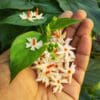
₹149
Related products
Designed, Developed & Maintained by Growww.
Copyright © 2024 Ashok Chakra Nursery

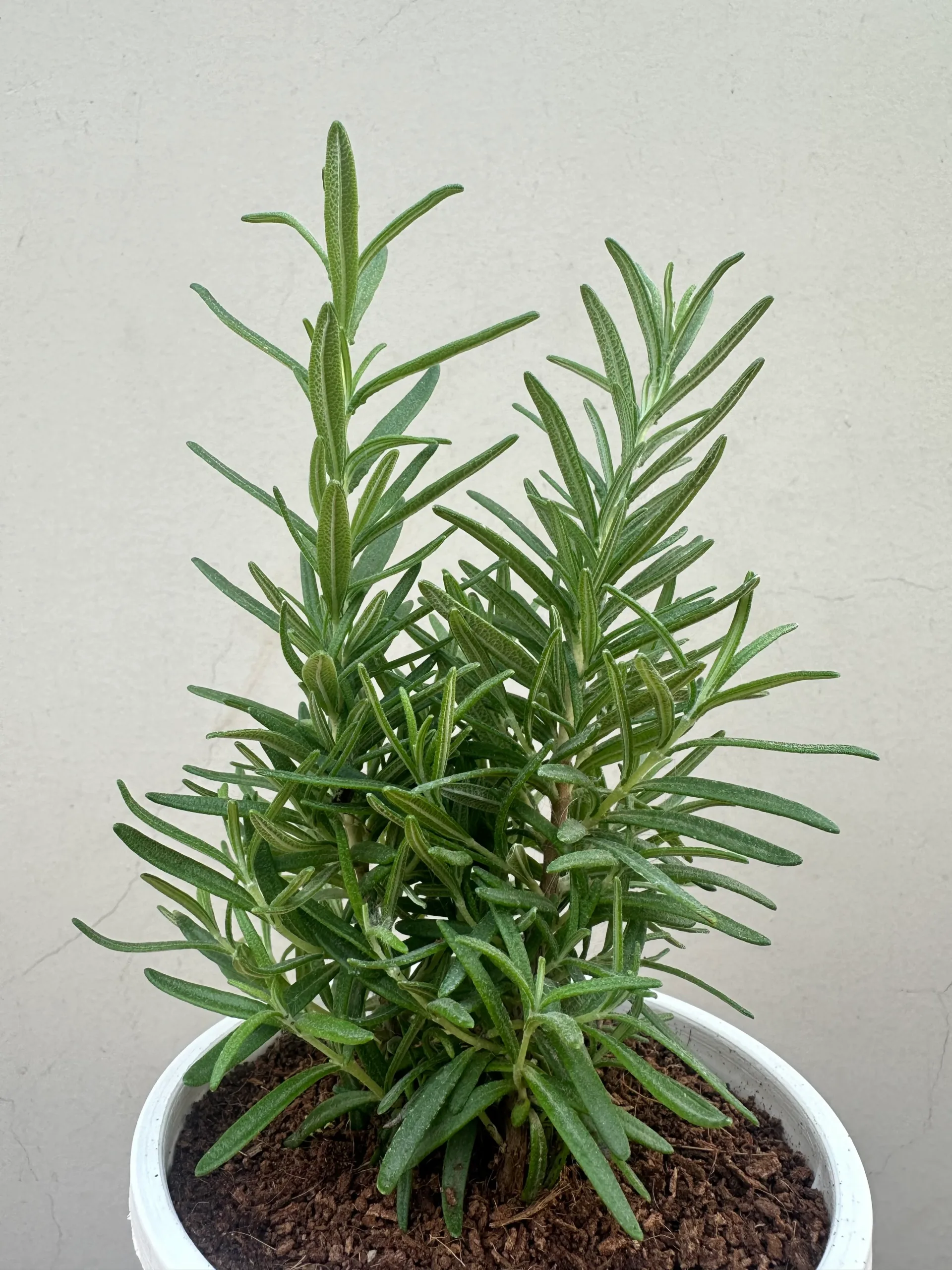
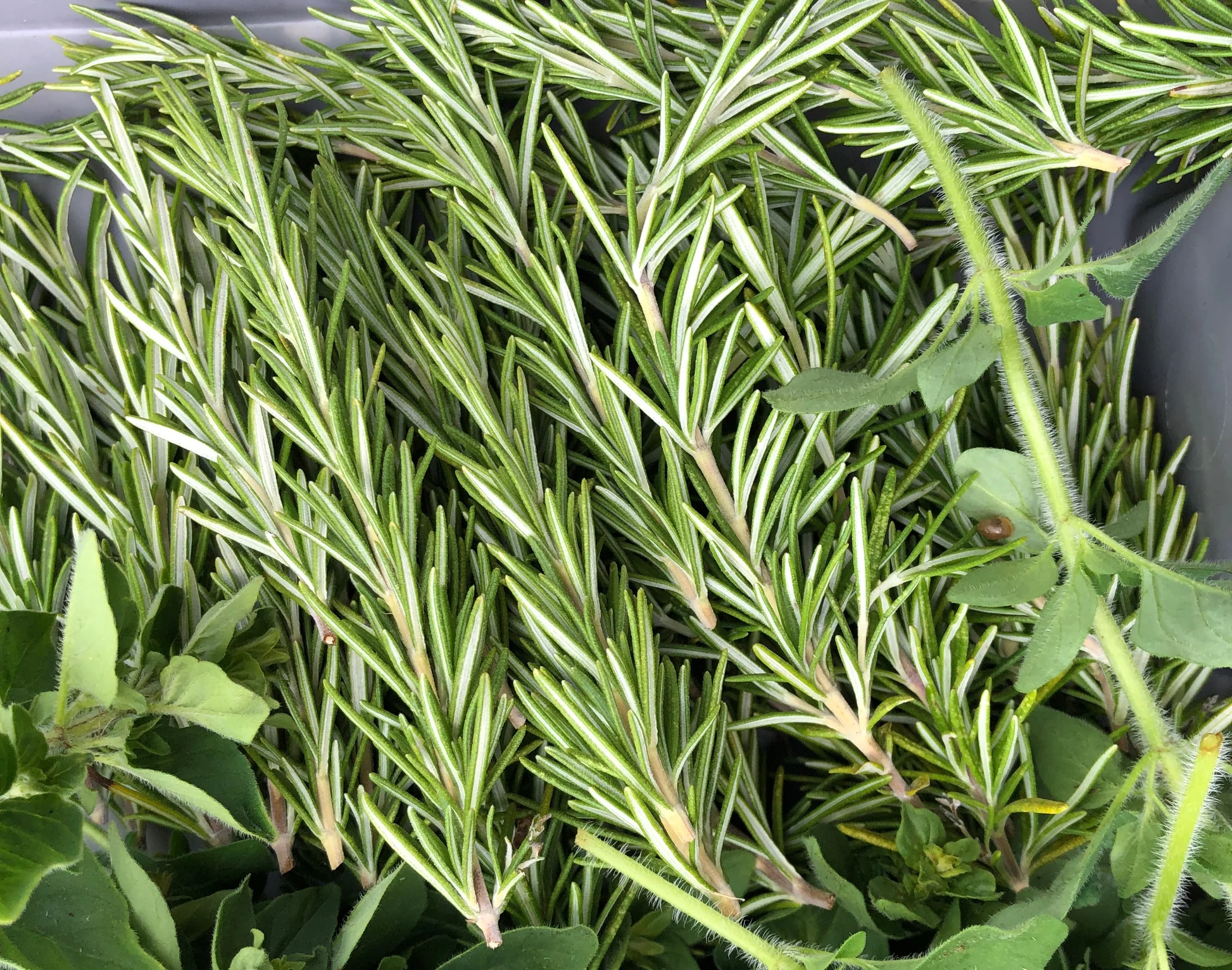
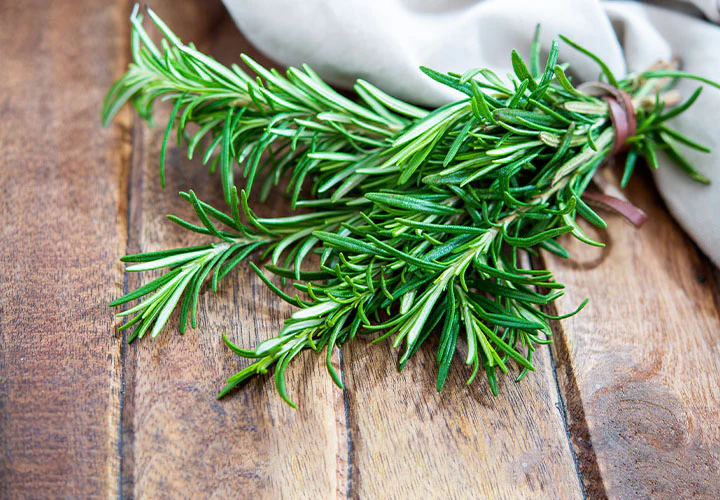
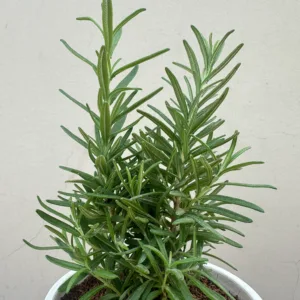
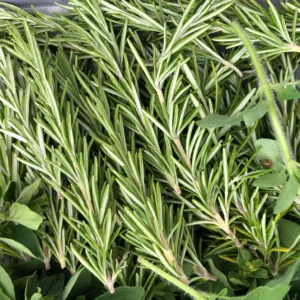
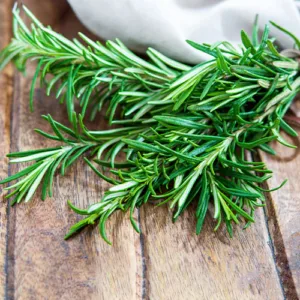
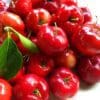


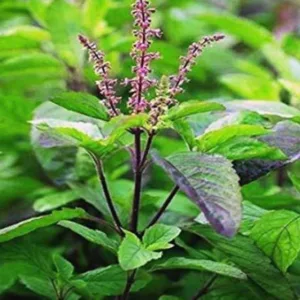
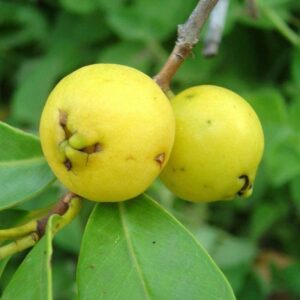
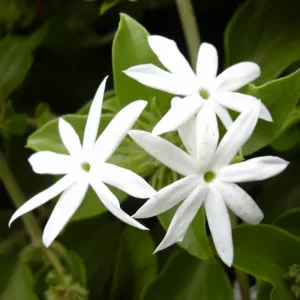
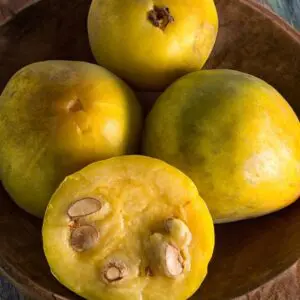
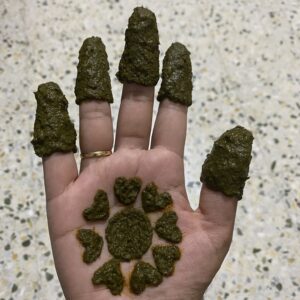
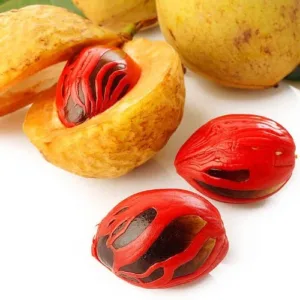
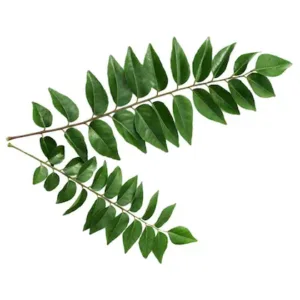

Reviews
There are no reviews yet.